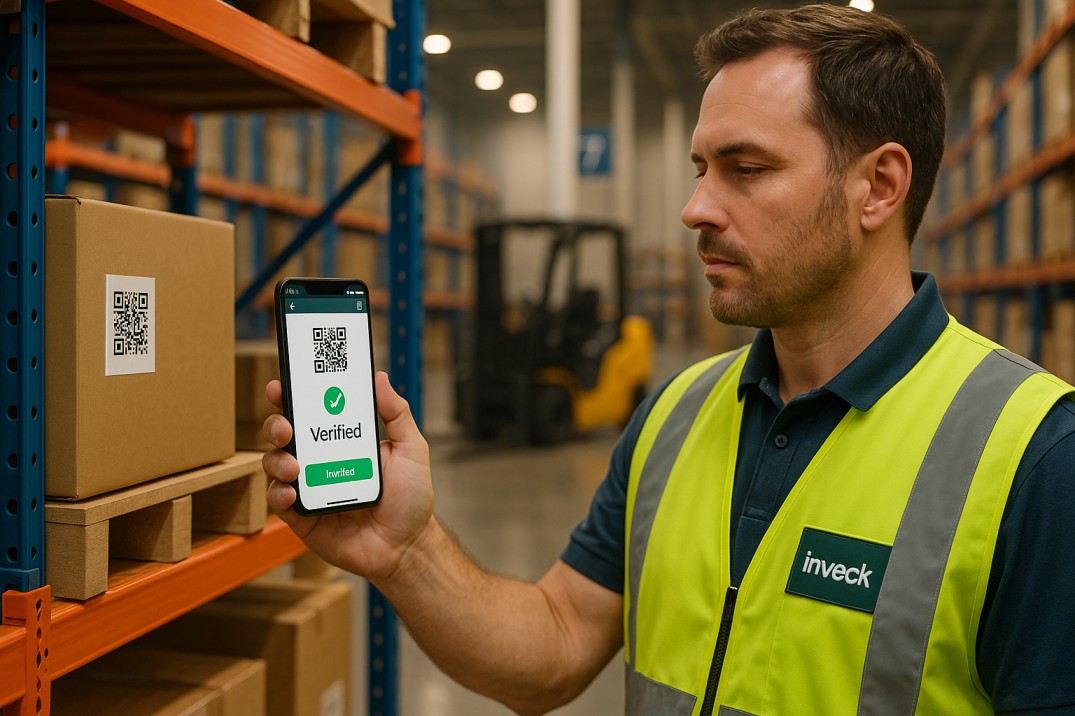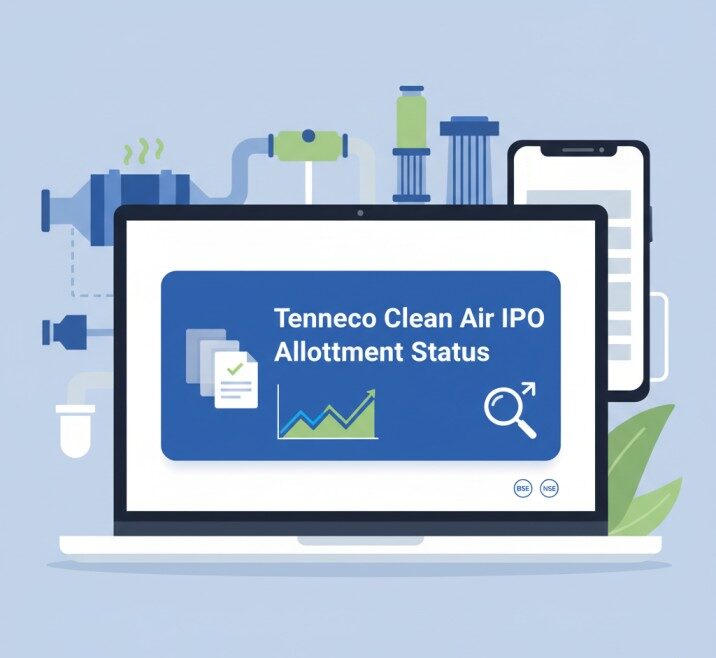
Mahindra XUV700 Facelift: Everything You Need to Know About the Upcoming SUV Upgrade
The Mahindra XUV700 facelift has become one of the most searched automotive topics in India, dominating Google Trends and sparking

In business operations, the terms assets and inventory often get confused, especially when stored in the same warehouse or managed using the same systems. However, failing to distinguish between them can disrupt your inventory management, confuse your balance sheets, and lead to compliance risks.
Today, companies use everything from simple inventory management apps to advanced enterprise resource planning systems (ERP) such as SAP software to manage their stock and fixed resources. Among these tools, solutions like Inveck play a vital role. Inveck is an inventory verification software, designed as an add-on management software under the broader inventory management system category. It helps businesses verify physical stock with ease and accuracy, using mobile technology to track inventory on-site.
In this blog, we’ll explore how inventory differs from assets, why it matters, and how solutions like Inveck empower businesses to take control of their inventory and assets more efficiently.
Inventory refers to any item a business holds for resale, production, or consumption. This includes:
Raw materials – unprocessed inputs like wood, metals, or grains
Work-in-progress (WIP) – partially assembled or processed items
Finished goods – products ready for sale
MRO supplies – maintenance, repair, and operational stock
In a proper inventory management system, inventory is constantly tracked to ensure accurate stock levels, optimal reordering, and warehouse visibility. For businesses, inventory is a current asset on the balance sheet, because it is expected to convert into revenue soon.
Efficient inventory control processes reduce the risk of overstocking, understocking, or stockouts. Many companies now use inventory management apps or integrated warehouse management systems to automate this process and manage stock across multiple locations.
Assets, unlike inventory, are not meant for sale. Instead, they’re items that a business owns and uses to operate or generate value over time. These are categorized into:
Tangible assets – machinery, buildings, computers, vehicles
Intangible assets – trademarks, licenses, software, goodwill
Assets appear as non-current items on a company’s balance sheet and are depreciated or amortized over their useful life. For example, a delivery van or a production machine is an asset because it contributes to the production or service process but isn’t directly sold.
An effective asset management system ensures each asset is properly tracked, maintained, and depreciated according to standards.
Mistaking assets for inventory can lead to serious financial misreporting. Inventory is expensed through cost of goods sold (COGS), while assets are depreciated over years. Mixing these up can distort profit margins and tax liabilities.
If assets like tools or equipment are incorrectly logged as inventory, stock counts will be inaccurate, leading to poor decisions about procurement, supply chain planning, or production.
Compliance with financial regulations (like GAAP or IFRS) depends on clearly distinguishing between inventory and assets. Misclassifications during audits can result in financial penalties or credibility damage.
Modern businesses rely on software to manage both inventory and assets efficiently. A strong inventory management system includes modules for stock tracking, forecasting, reordering, reporting, and more.
But even the best system requires accurate, verified data.
That’s where Inveck comes in.
Inveck is a specialized inventory verification software that integrates with your existing inventory management or ERP systems. It acts as an add-on management software, enhancing accuracy by allowing field teams to verify physical stock using a mobile app.
Barcode/QR scanning for quick verification
Real-time updates via mobile
Offline mode for remote warehouse locations
Consolidation of verified data for better reports
Seamless integration with ERP or SAP software systems
By bridging the gap between digital records and physical stock, Inveck makes your inventory management more reliable and audit-ready.
Using a mobile app like Inveck’s allows for rapid inventory and asset checks right on the warehouse floor. This ensures:
Fewer human errors in manual entry
Faster verification cycles for audits
Live syncing to back-office ERP systems
On-site classification between inventory and assets
With a mobile-first tool, staff can tag an item as inventory (for sale or production use) or asset (equipment or infrastructure) instantly—eliminating confusion and miscounts.
Assets vs Inventory in Practice: A Quick Comparison
| Feature | Inventory | Asset |
|---|---|---|
| Purpose | To be sold or consumed | To be used for business operations |
| Accounting | Current asset, part of COGS | Non-current asset, depreciated |
| Management Tool | Inventory management system | Asset management module |
| Physical Location | Warehouse, storefront, production line | Office, plant, warehouse |
| Example | Products, parts, raw materials | Machinery, vehicles, software |
Understanding these differences helps companies use the right tools, set the right policies, and maintain accurate records.
When inventory and assets are managed correctly:
Warehouse management becomes seamless
Stock levels are more accurate
ERP systems reflect true resource value
Financial statements show correct depreciation vs. cost
In sectors with large and distributed operations—like manufacturing, logistics, or retail—using add-on tools like Inveck can lead to massive savings by eliminating redundant stock, spotting shrinkage early, and ensuring compliance.
ERP users (including those using SAP software) often rely on internal modules to track inventory and assets. However, these systems still depend on accurate ground-level data.
Inveck integrates as an add-on management software, enabling users to push verified, mobile-scanned data directly into their ERP’s inventory and asset modules. This boosts the value of the entire system by feeding it clean, trusted inputs.
A complete inventory management system paired with add-ons like Inveck’s inventory verification app helps your organization:
Maintain accurate records
Reduce costly errors
Improve financial reporting
Streamline warehouse operations
Strengthen overall enterprise resource planning
When you invest in smarter inventory management, you gain more than control—you gain clarity.

The Mahindra XUV700 facelift has become one of the most searched automotive topics in India, dominating Google Trends and sparking

Tenneco Clean Air IPO allotment status is the most searched term this week as investors across India eagerly wait to